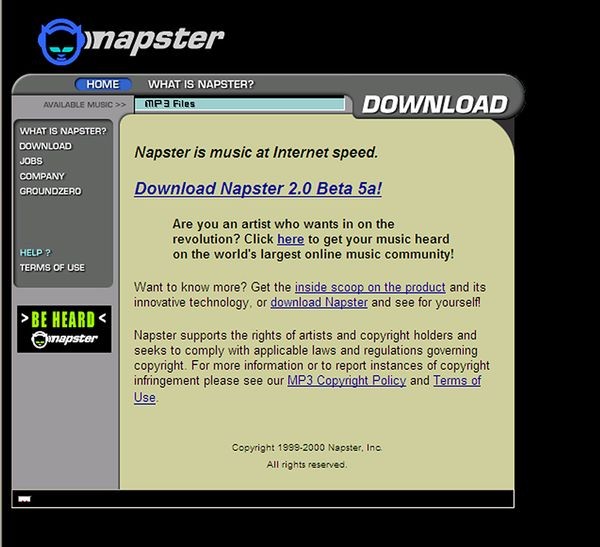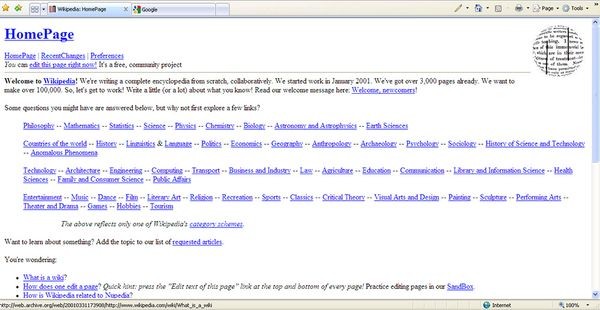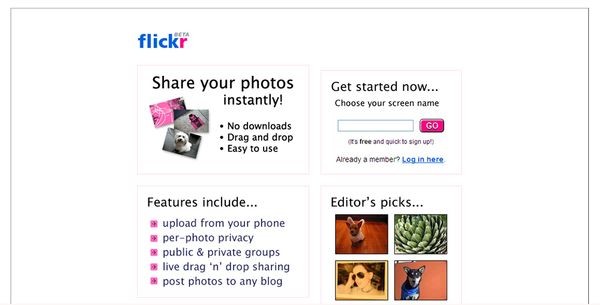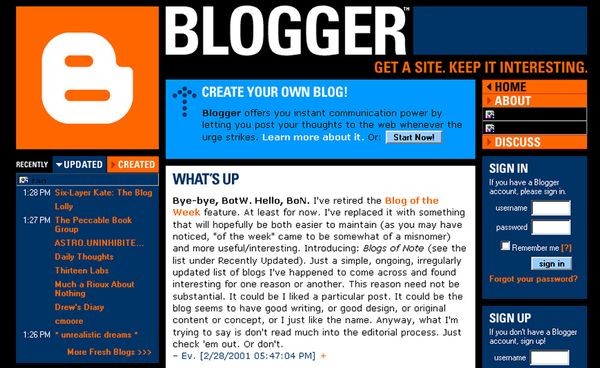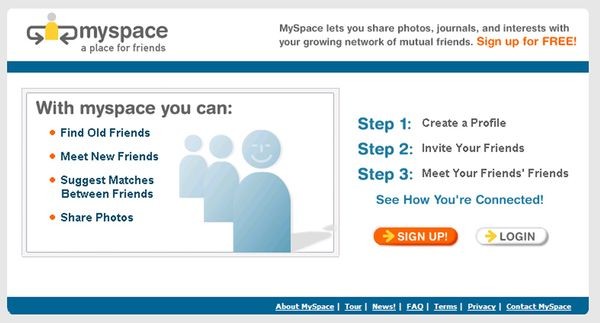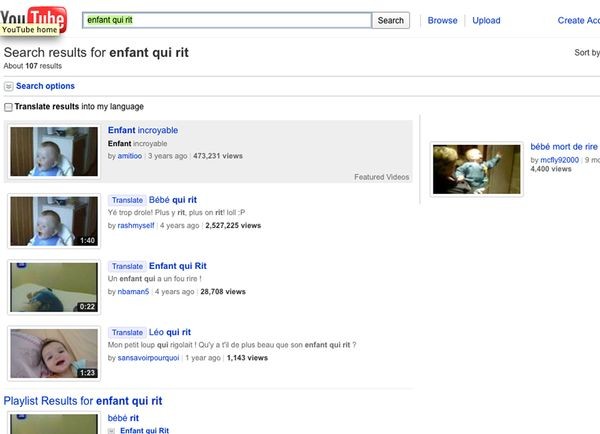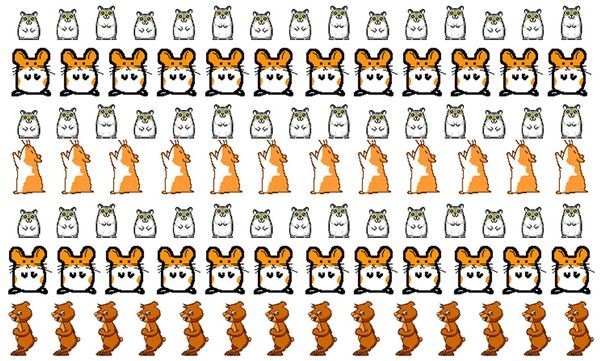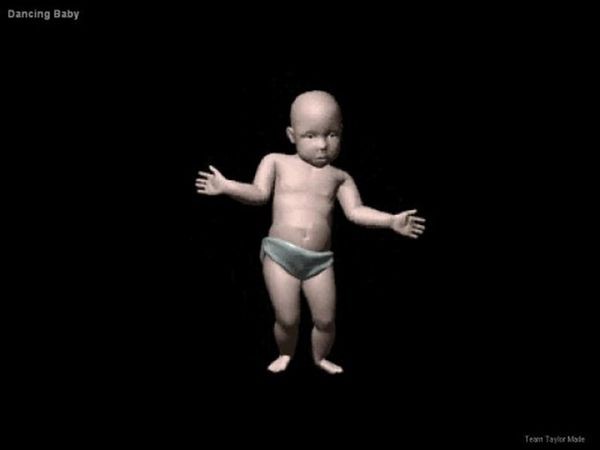Users As Contributors
Napster.com music-sharing service
Napster popularized using peer-to-peer networking for sharing content. Copyright problems doomed Napster, but it paved the way for similar services like BitTorrent, centralized sharing like YouTube and distribution models like iTunes.
Users As Contributors
Whose medium is it? The original Web concept, and many pre-Web systems, included an interactive forum, alive with argument, collaboration, and user contributions. Yet many early Web sites more closely resembled traditional broadcasting, with providers feeding content to passive viewers.
In the early 2000s “Web 2.0” brought back interactivity. Social networking, photo and video sharing sites, blogs, wikis, and other forums began relying on users to generate and shape content. Although most browsers still didn’t support Web page editing, Web 2.0 sites found ways to give users a new voice.
O'Reilly Media "Web 2.0" conference program
This provocatively named conference indicated the return of confidence after the dot-com crash, and a rallying cry for a Web that encouraged user-generated content of all kinds.
View Artifact DetailWikipedia
Wikipedia began in 2001 as one way to generate content for a traditional online encyclopedia, Nupedia. But its unique user-written model proved radically successful, soon making it the world’s largest and most popular encyclopedia.
View Artifact DetailFlickr
Flickr was launched in 2004 by a struggling Canadian game company and became a major site for people to share photos online. Its architecture, which emphasized interaction between users, evolved originally from massively multiplayer game design.
View Artifact DetailBlogger
Along with wikis, blogs (“WebLogs”) were a crucial way that people using read-only Web browsers gradually regained some ability to write content online-- a hallmark of many pre-Web systems. Blogger, launched in 1999, helped pioneer the trend.
View Artifact DetailMyspace
Los Angeles marketing firm eUniverse launched Myspace in 2003 as a competitor to Friendster. Both sites let users organize content around their own profile and interests, rather than general discussion topics as in most pre-Web online communities.
View Artifact DetailIn 2004, Facebook was a latecomer to the Web’s reinvention of online communities (a hallmark of pre-Web systems), begun by Friendster, MySpace, and others. But Facebook soon reached and held critical mass, with over 500 million users by 2010.
View Artifact DetailYouTube
Founded in 2005 by three early employees of transaction firm PayPal, YouTube did for user-created video what photo sharing sites had done for still images—but for a far, far greater audience. Google soon bought YouTube for $1.65 billion.
View Artifact DetailGoing Viral
With so many people in so many places connected in real time, the Web became an efficient conduit for memes (“cultural genes”) that swiftly swept the globe, from the silly Hamster Dance, to jokes, fads, rumors, and conspiracy theories.
The same energy was harnessed as “viral marketing” for inexpensive product promotion.
Hampster Dance screenshot, 1997
For many, Hampster Dance is the iconic Web "meme." It was a GeoCities webpage showing rows of animated rodents dancing to a sped-up sample from Roger Miller's song "Whistle Stop."
View Artifact DetailDancing Baby animation, 1996
This animated 3D model of a baby dancing started as an Autodesk animation software demo, but quickly became a major early online "meme" and viral video.
View Artifact Detail